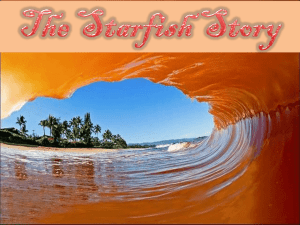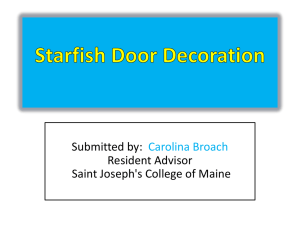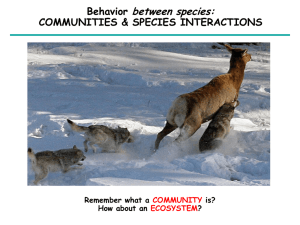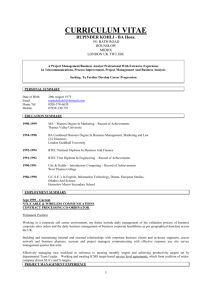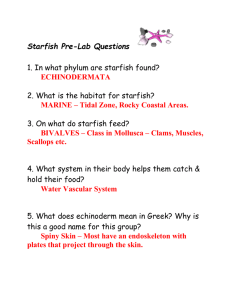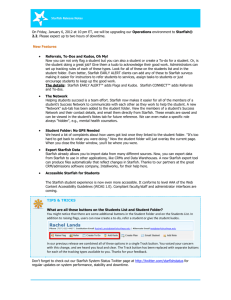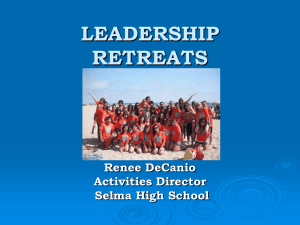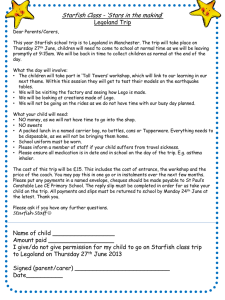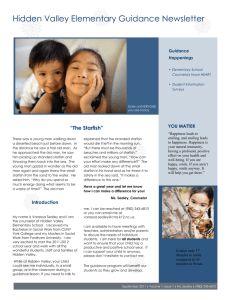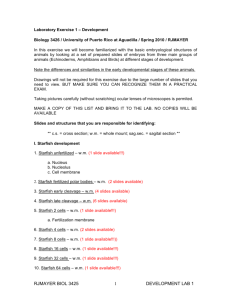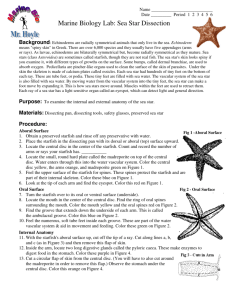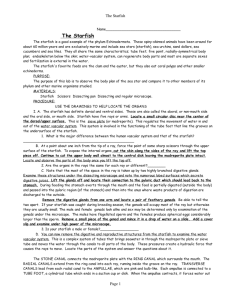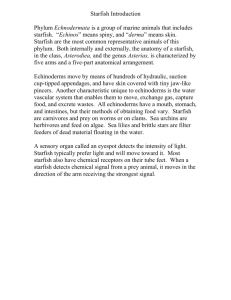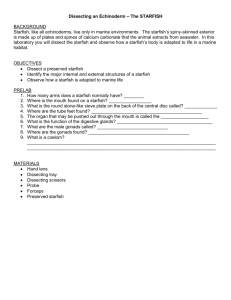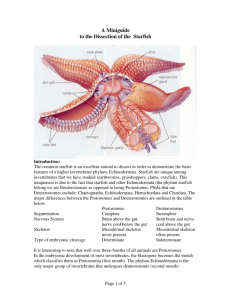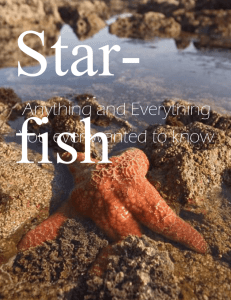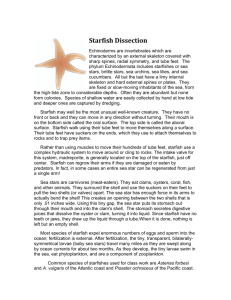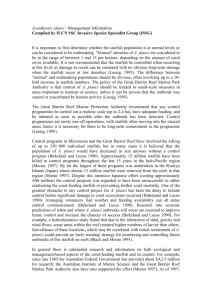1. Complete the following passage by inserting the most suitable
advertisement
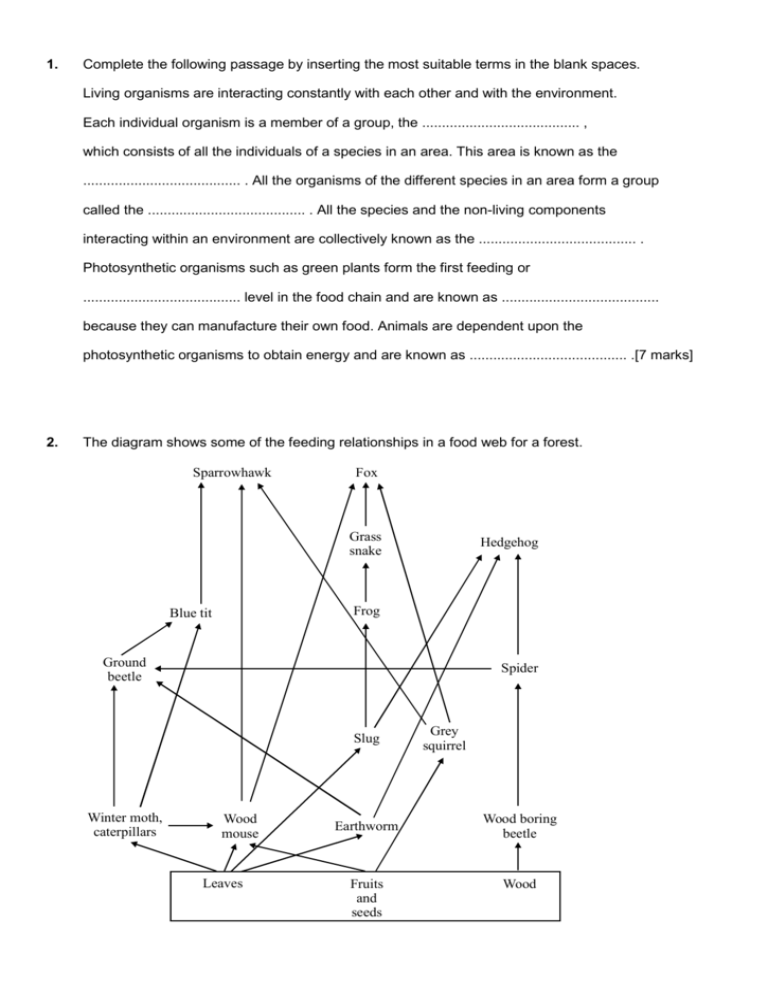
1.
Complete the following passage by inserting the most suitable terms in the blank spaces.
Living organisms are interacting constantly with each other and with the environment.
Each individual organism is a member of a group, the ........................................ ,
which consists of all the individuals of a species in an area. This area is known as the
........................................ . All the organisms of the different species in an area form a group
called the ........................................ . All the species and the non-living components
interacting within an environment are collectively known as the ........................................ .
Photosynthetic organisms such as green plants form the first feeding or
........................................ level in the food chain and are known as ........................................
because they can manufacture their own food. Animals are dependent upon the
photosynthetic organisms to obtain energy and are known as ........................................ .[7 marks]
2.
The diagram shows some of the feeding relationships in a food web for a forest.
Sparrowhawk
Fox
Grass
snake
Hedgehog
Frog
Blue tit
Ground
beetle
Spider
Slug
Winter moth,
caterpillars
Wood
mouse
Leaves
Earthworm
Fruits
and
seeds
Grey
squirrel
Wood boring
beetle
Wood
(a)
Name an organism that is both a primary and a secondary consumer in this food web.
....................................................................................................................................
(b)
(1)
Name a group of organisms, not shown in the web, which is needed to recycle nutrients.
....................................................................................................................................
(c)
(1)
With reference to the food web, explain the effect that deforestation has on the species diversity
(the no. of different species and the no. of individuals of each species) of an area.
....................................................................................................................................
....................................................................................................................................
....................................................................................................................................
....................................................................................................................................
3.
(3)(Total 5 marks)
The diagram shows a simplified food web in an aquatic ecosystem.
Sticklebacks
Dragonfly nymphs
Daphnids
Mayfly nymphs
Ciliates
Oligochaetes
Unicellular and filamentous algae
(a)
In this food web, which organisms feed as tertiary consumers?
.....................................................................................................................................
(b)
(1)
Explain why food chains rarely have more than five trophic levels.
.....................................................................................................................................
.....................................................................................................................................
.....................................................................................................................................
..................................................................................................................................... (2)
(Total 3 marks)
4.
Starfish feed on a variety of invertebrate animals that are attached to rocks on the seashore.
The diagram shows part of a food web involving
Starfish a species of starfish.
Chiton
Limpet
Seaweed on the rock surface
(a)
Mussel
Barnacle
Plankton (small photosynthetic organisms
and animals which feed on them)
Explain why a starfish can be described as both a secondary and a tertiary consumer.
.....................................................................................................................................
.....................................................................................................................................
.....................................................................................................................................
(b)
(1)
When starfish feed on mussels they leave behind the empty shell. Explain how quadrats could be
used to determine the percentage of mussels that had been eaten by starfish on a rocky shore.
.....................................................................................................................................
.....................................................................................................................................
.....................................................................................................................................
.....................................................................................................................................
.....................................................................................................................................
.....................................................................................................................................
(3)
(c)
The table shows the composition of the diet of starfish.
Prey species
Chitons
Limpets
Mussels
Barnacles
Percentage of total number
of animals eaten
3
5
27
65
Energy provided by each
species as a percentage of
total energy intake
42
5
38
15
(i)
The percentage of barnacles in the diet is much higher than the percentage of energy they
provide. Suggest one explanation for this difference.
...........................................................................................................................
(ii)
(1)
The table shows that the amount of energy provided by chitons is greater than the amount of
energy provided by limpets. Calculate the number of limpets a starfish would need to eat in
order to obtain the same amount of energy as it would obtain from one chiton.
Number of limpets ............................................
(1)
(Total 6 marks)
Answer
1.
population;
habitat;
community;
ecosystem;
(first) trophic; R tropic
producers/(photo) autotrophs/autotrophic;
(primary) consumers/heterotrophs/heterotrophic/herbivore;
R carnivore/other qualified consumer
7
[7]
2.
(a)
Wood mouse;
1
(b)
Decomposers/bacteria/fungi/saprophytes/saprotrophs/detritivores;
1
(c)
{trees form food source for many species/wide range of primary consumers;
{(primary consumers/named example/are eaten by other species)
{idea that trees are the basis of food chains/food webs;
productivity of area is reduced (with loss of trees);
so fewer organisms can be supported;
habitats are lost/ecological niches are lost (with each tree species lost);
max. 3
[5]
3.
(a)
stickleback and dragonfly nymphs;
1
(b)
some energy lost at each stage in the food chain / transfer of energy not
100% efficient / lost in respiration;
only a limited amount of energy is available / each stage less available
for next stage / little energy left at top of food chain;
2
[3]
4. (a) secondary – algae → limpet → starfish
OR
plant plankton → mussel → starfish,
tertiary – plant plankton →animal plankton → barnacle
OR
(b)
(c)
mussel → starfish;
1
use of random numbers;
large number of quadrats;
count number of dead and live mussels in unit area;
3
(i)
(ii)
different size organisms/different composition
(of carbohydrate/fat/protein)/
low digestability/not all eaten;
1
14;
1
[6]
